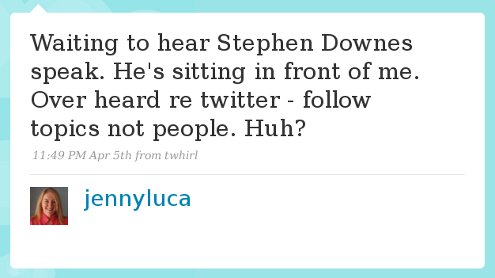HOWTO: Roll your own #twebay
Having sold individual things sporadically via Twitter (usually after mentioning I was about to put them on eBay) and finding myself needing to raise funds for a rather magnificent Sony Vaio P series, I thought it was about time I developed a system. Enter #twebay.
(I hate the elision of ‘Twitter’ and ‘eBay’ as much as you, but it’s a convenient hypocrisy…)
Here’s what I did:
1. Set up and published a Google Doc and passed it through Bit.ly Pro to get http://dajb.eu/twebay. This includes my details (including avatar and photo), a rationale for selling, and details of the items.
2. Configured and tested a Google Form (via Google Docs) to collect information from those interested. I figured the important information was the person’s name, email address, bid amount and a box for any other details they wanted to give me.
3. Publicised it and asked for retweets.
4. Checked the spreadsheet attached to the Google Form at regular intervals and replied to those making bids.
I managed to sell 3 items within an hour with an additional one that I’d forgotten later in the week. These were all to people who I’ve known a while on Twitter but I’ve never met in person.
The advantages of this method?
- No eBay/Paypal fees
- Buyer knows it’s going to a good home, seller knows where it’s come from
- Time spent listing items for sale is massively reduced
Possible drawbacks?
- You need a fair number of followers to gain traction/interest
- There’s no formal feedback system
- There’s potential to damage existing relationships when money becomes involved



